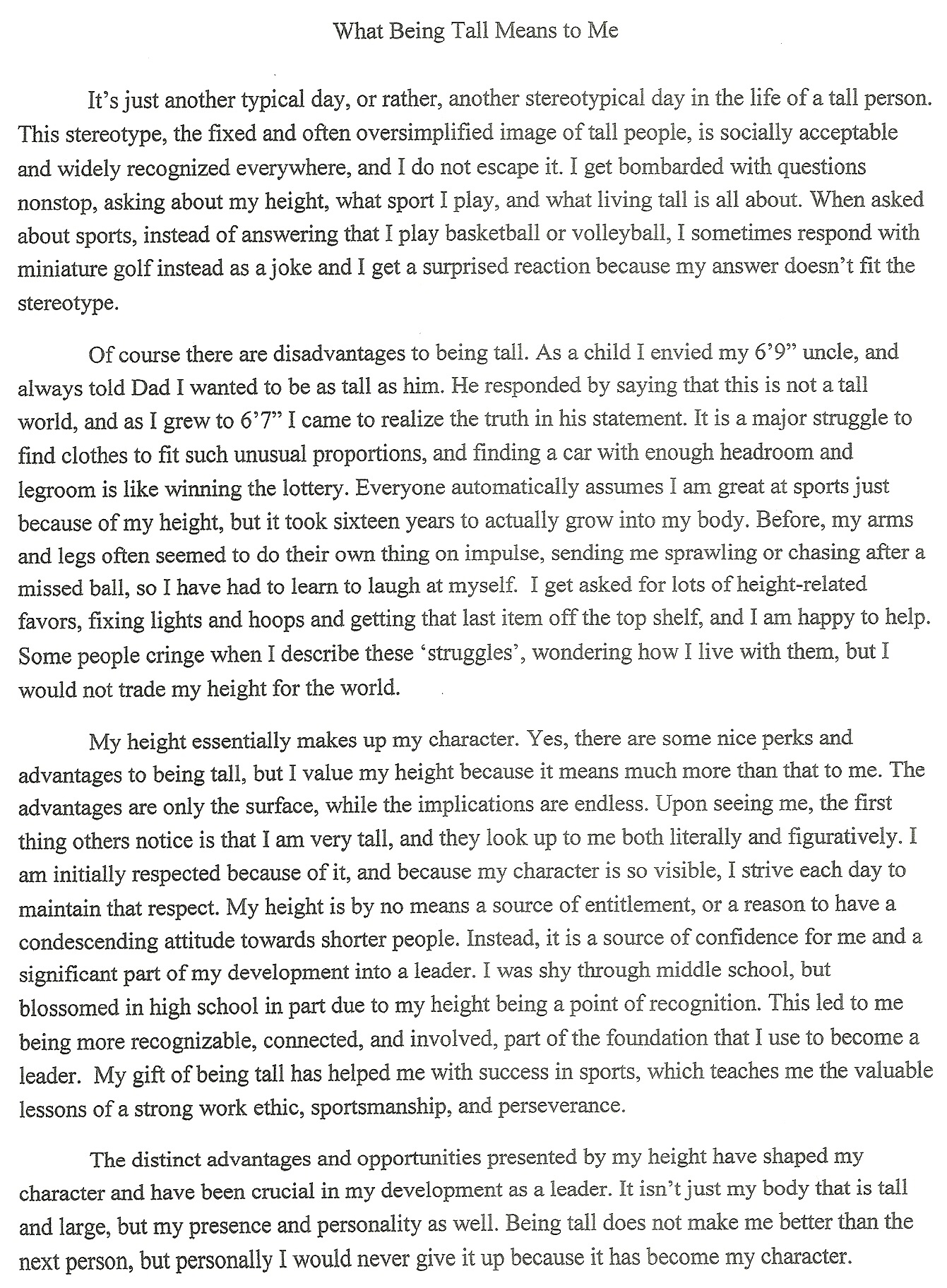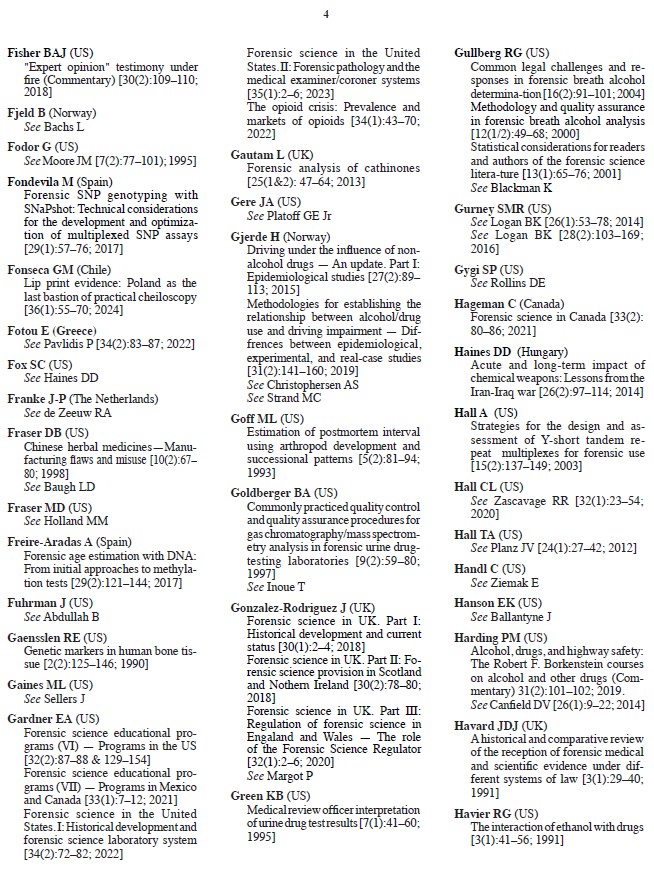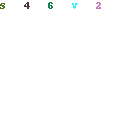Expressing Who, What, When, How. - Coto Japanese Academy.
If you want to get really good at the language, and really know how to read and how to write in Japanese, you need a higher-order strategy. The number one strategy that I used to reach a near-native ability in reading and writing in Japanese was to learn the kanji within the context of dialogues or other texts.
In Japanese, foreign names are normally written using the phonetic katakana alphabet. To see what your name looks like in Japanese, just type it in below and click the “Translate” button. If you like, you can also choose from a few different character styles.

Japanese Input Basics. In order to start typing in Japanese, you should be at least somewhat familiar with the main concept of Hiragana, Katakana, and Kanji. Though there are some minor differences, the basic concept behind typing in Japanese is the same for all platforms.

The Japanese alphabet is usually referred to as kana, specifically hiragana and katakana. While the Hiragana consists of 48 syllables, it is a phonetic alphabet where each alphabetic combination represents just a single sound. Thus any Japanese word can be written in a way that can be read without having to remember how the word is pronounced.

Writing the date of birth can be confusing as it utilizes the conventional Japanese imperial way of demonstrating the age. Use kanji to select from in the section displays the emperors’ eras. You may opt between Showa that spans the years 1926-1988 and Heisei that spans the years 1989 and onwards.

The modern Japanese writing system uses a combination of logographic kanji, which are adopted Chinese characters, and syllabic kana.Kana itself consists of a pair of syllabaries: hiragana, used primarily for native or naturalised Japanese words and grammatical elements, and katakana, used primarily for foreign words and names, loanwords, onomatopoeia, scientific names, and sometimes for emphasis.

Japanese punctuation marks are usually full width (that is, occupying an area that is the same as the surrounding characters). Punctuation was not widely used in Japanese writing until translations from European languages became common in the 19th century. (citation needed.

How to write an email in Japanese. How to write an email in Japanese. If you’re working for a Japanese company, or in a company where Japanese is being used, you probably have to write emails in Japanese, hence the need to know how to write an email in Japanese. This is a chance for you to make use of your honorific arsenal.

Practise Your Japanese Writing. Your learning journey of Japanese will be incomplete without learning Japanese writing. There are 3 sets of Japanese characters that you need to master - hiragana, katakana and kanji. Some people might ask whether it's possible to learn to speak Japanese without knowing how to write it? Yes, it's possible.

In Japanese, for every glyph, there is a certain stoke order and stroke direction. Even though you end up with the same character even if you don't respect the order, it is good to learn the proper order in which every stroke is drawn as well as the proper direction.

How to learn Japanese by yourself? Start with an easy and free online course! We have adopted an objective and efficient approach to learn how to speak a language easily and quickly: we suggest you to start by memorizing words, phrases and practical expressions that you can use in everyday life and that will be useful when traveling. Getting used to pronounce words out loud, numbers for.

Japanese teachers can practice writing skills and communication skills with their students by writing a Japanese letter to a friend. Learn about what supplies are needed for this lesson plan and who the students can write letters to.

Check out the following Japanese journal challenging, that are guaranteed to keep you inspired and to keep your writing time interesting and fun. 9 Japanese Writing Practice Challenges 1. The New Character Challenge. Chances are that you have a reasonably concrete study schedule set in place by now. (If not, start here!) That means you should.



